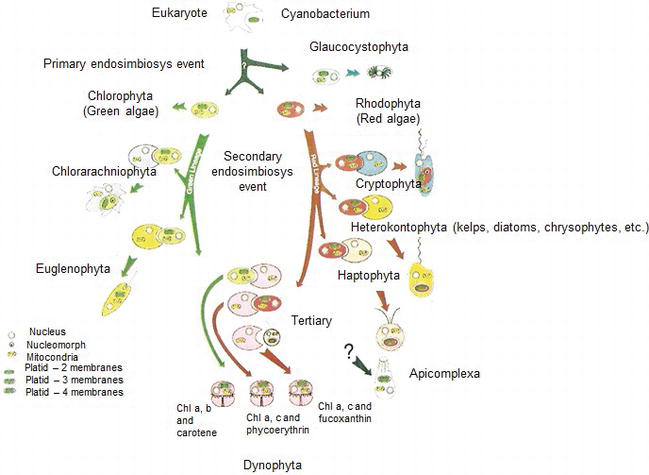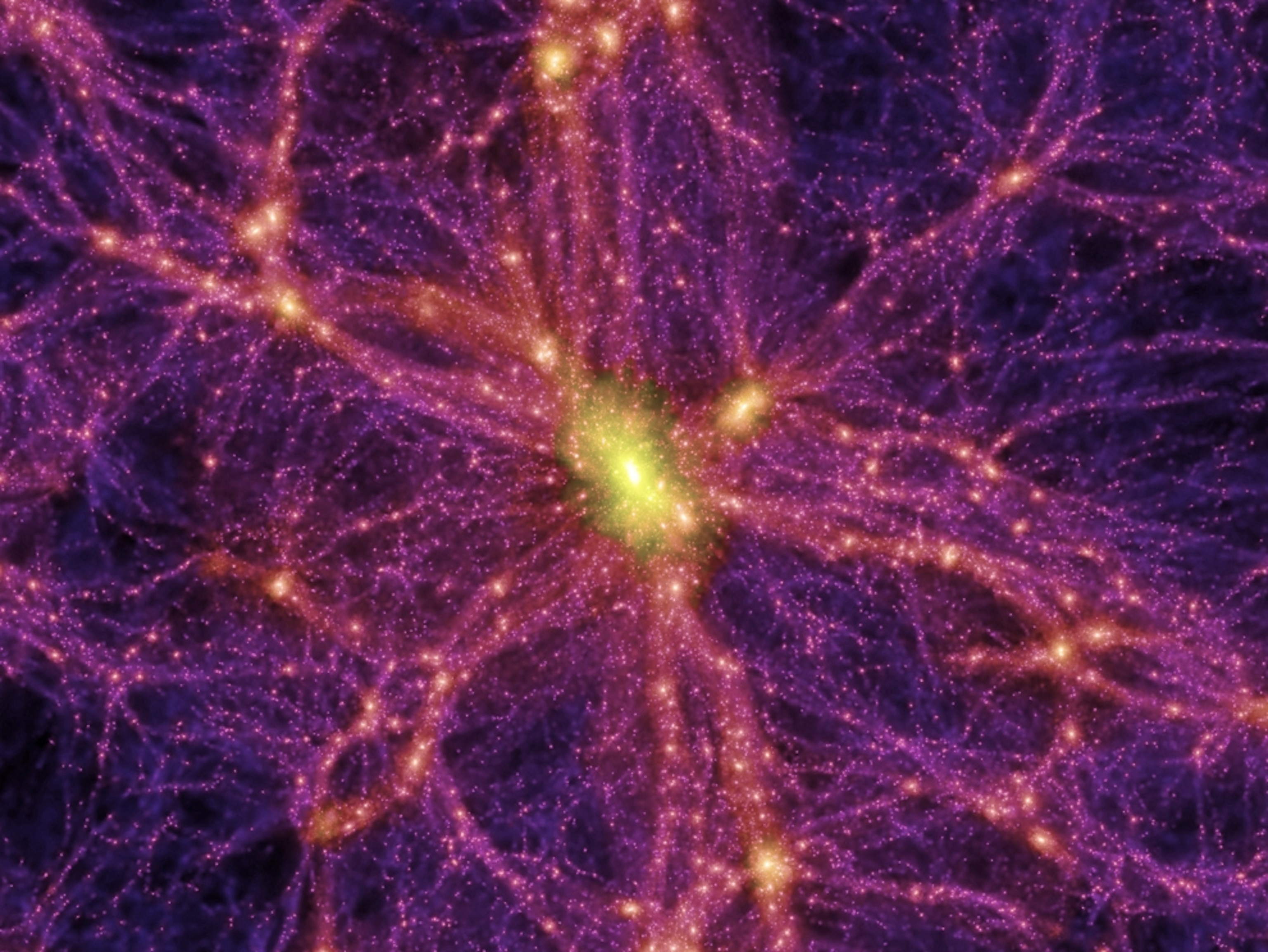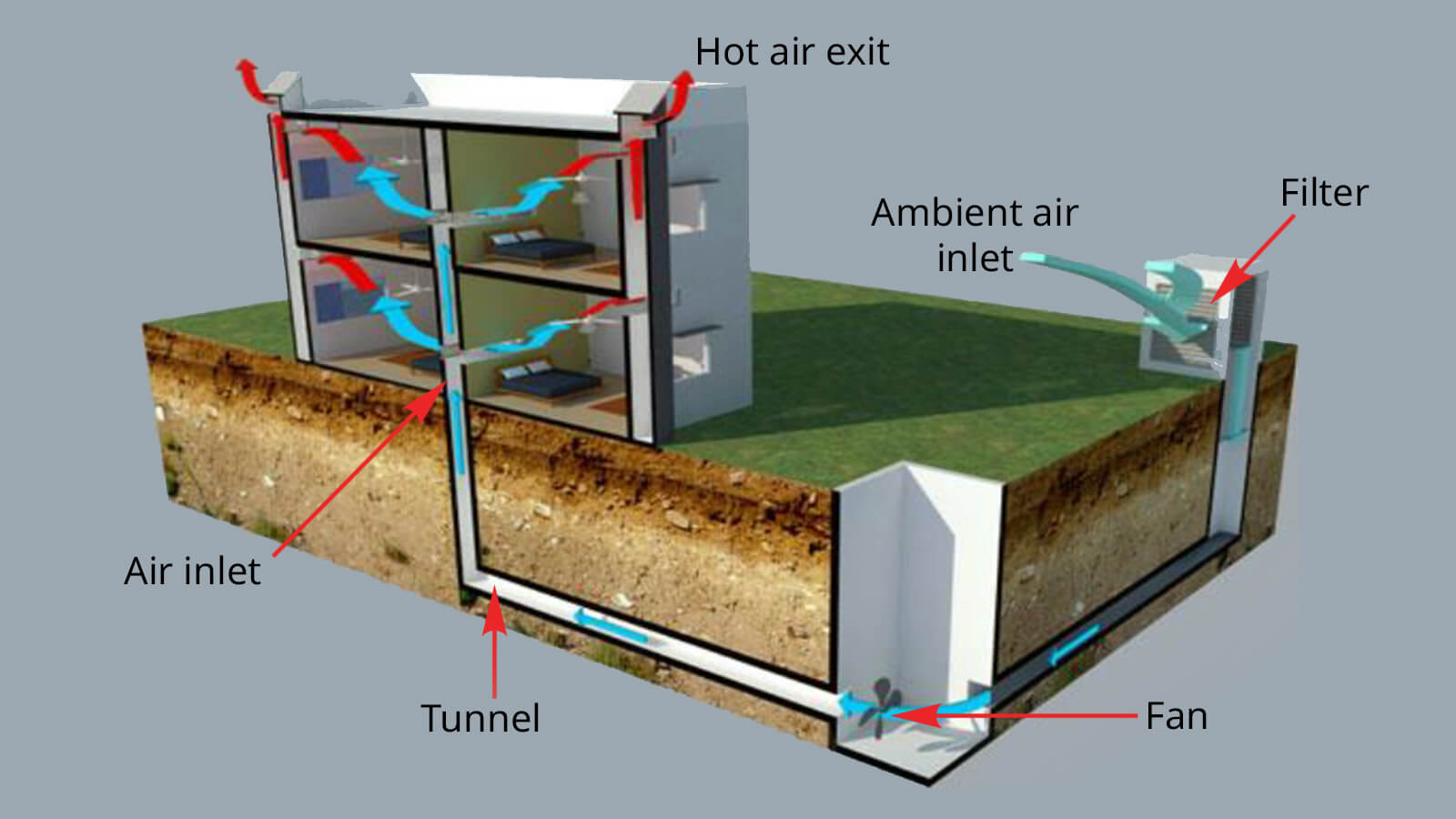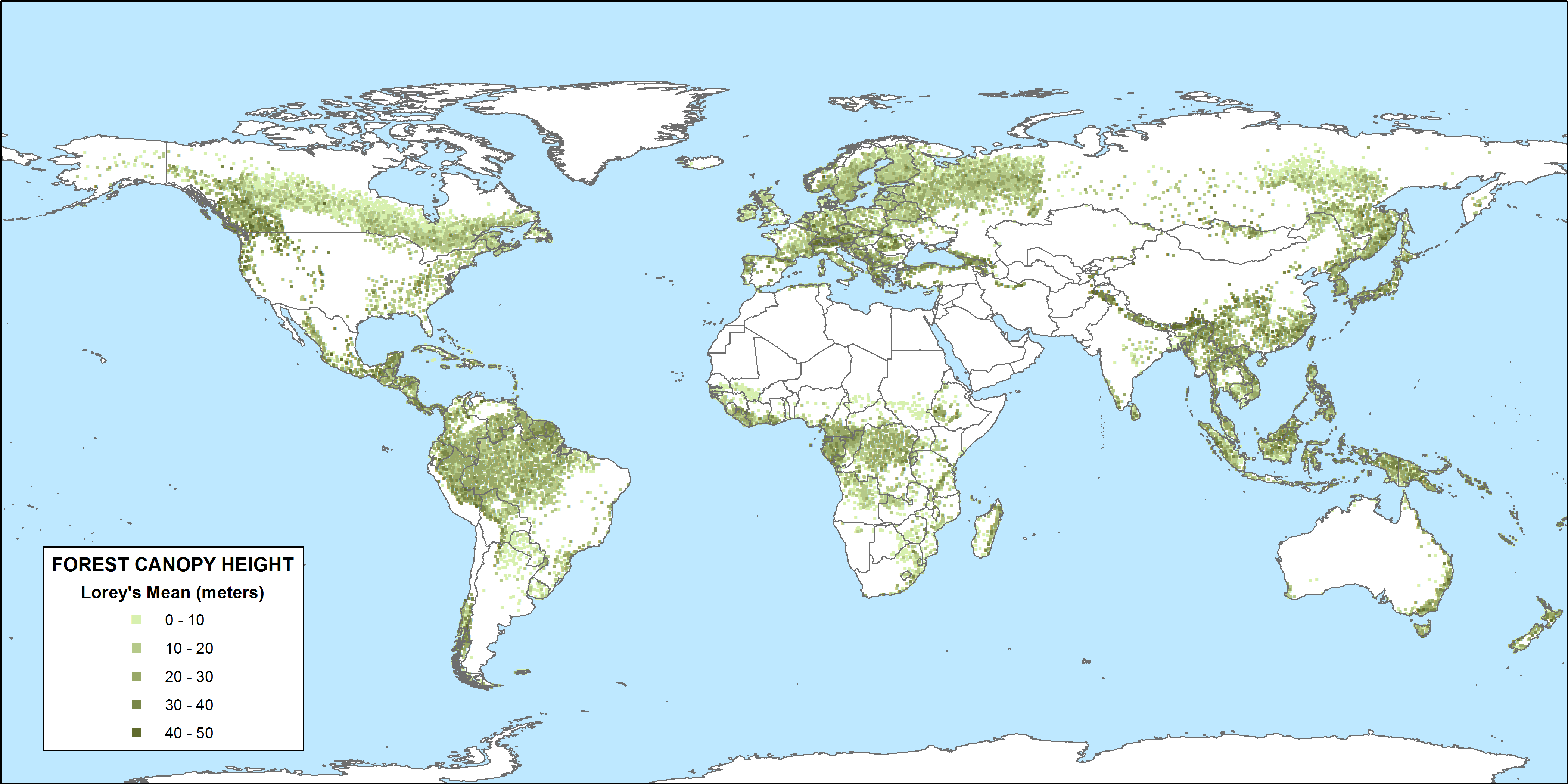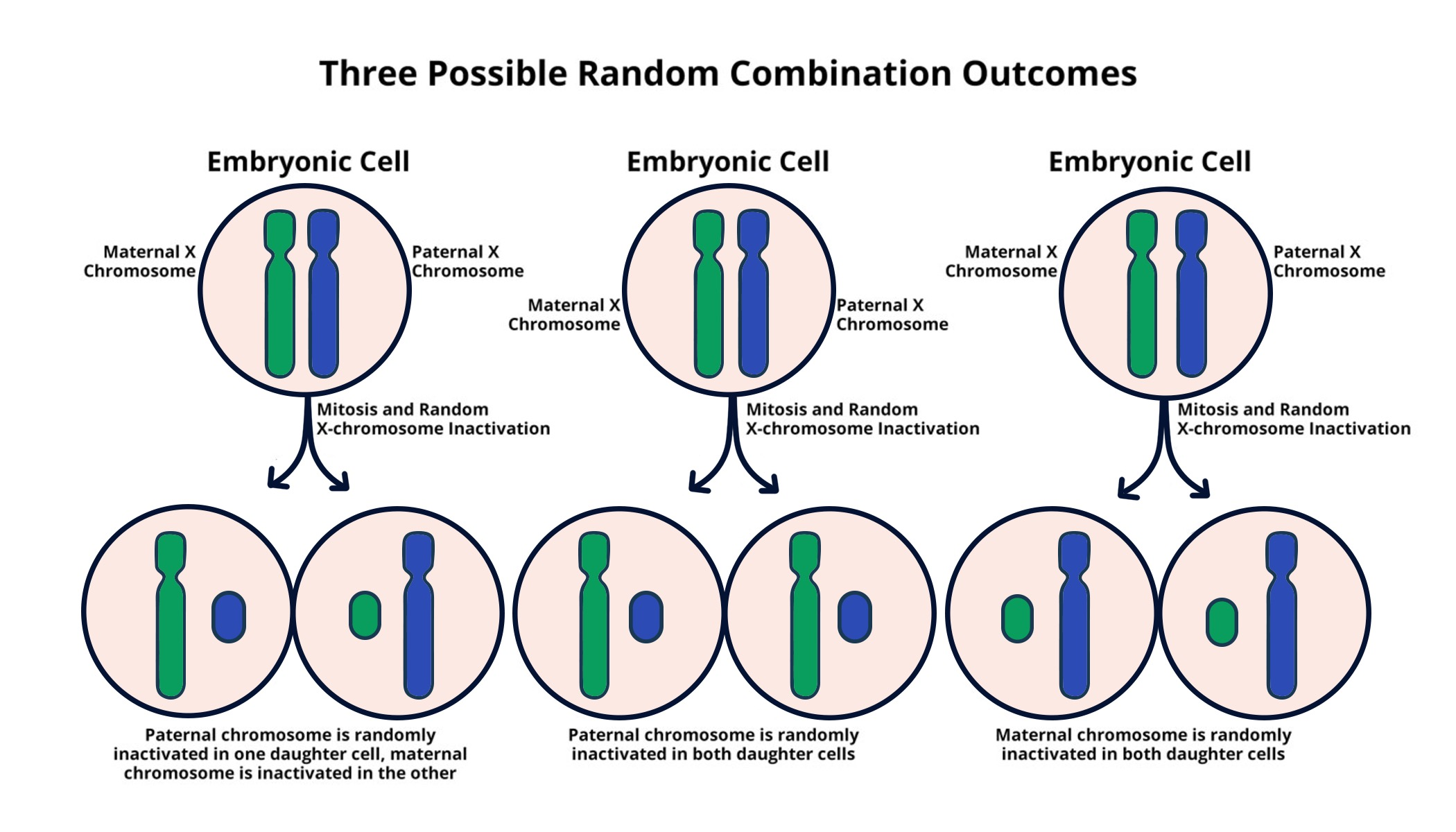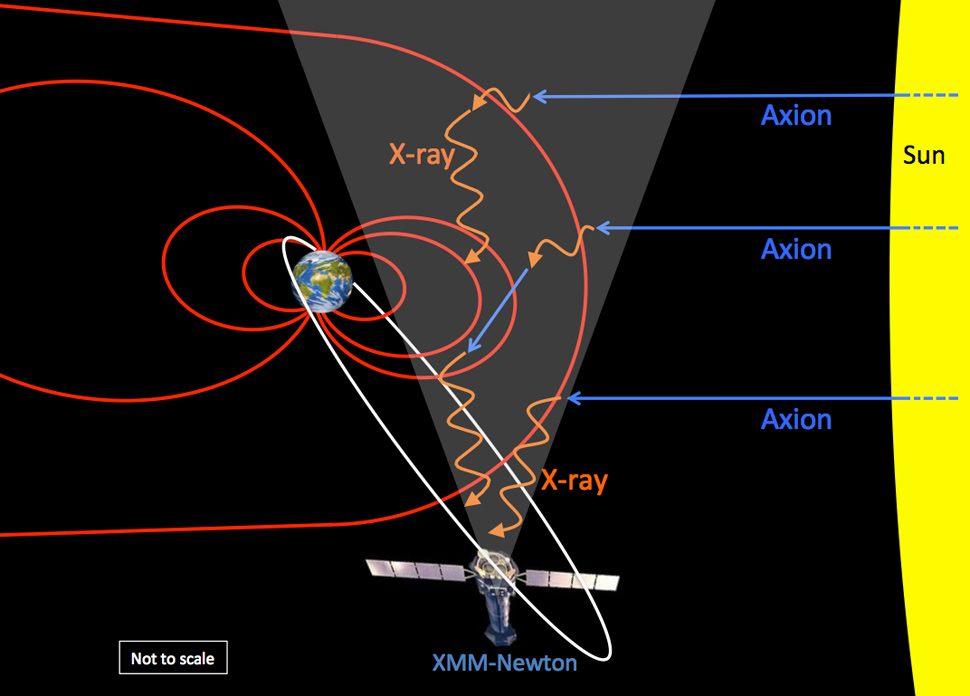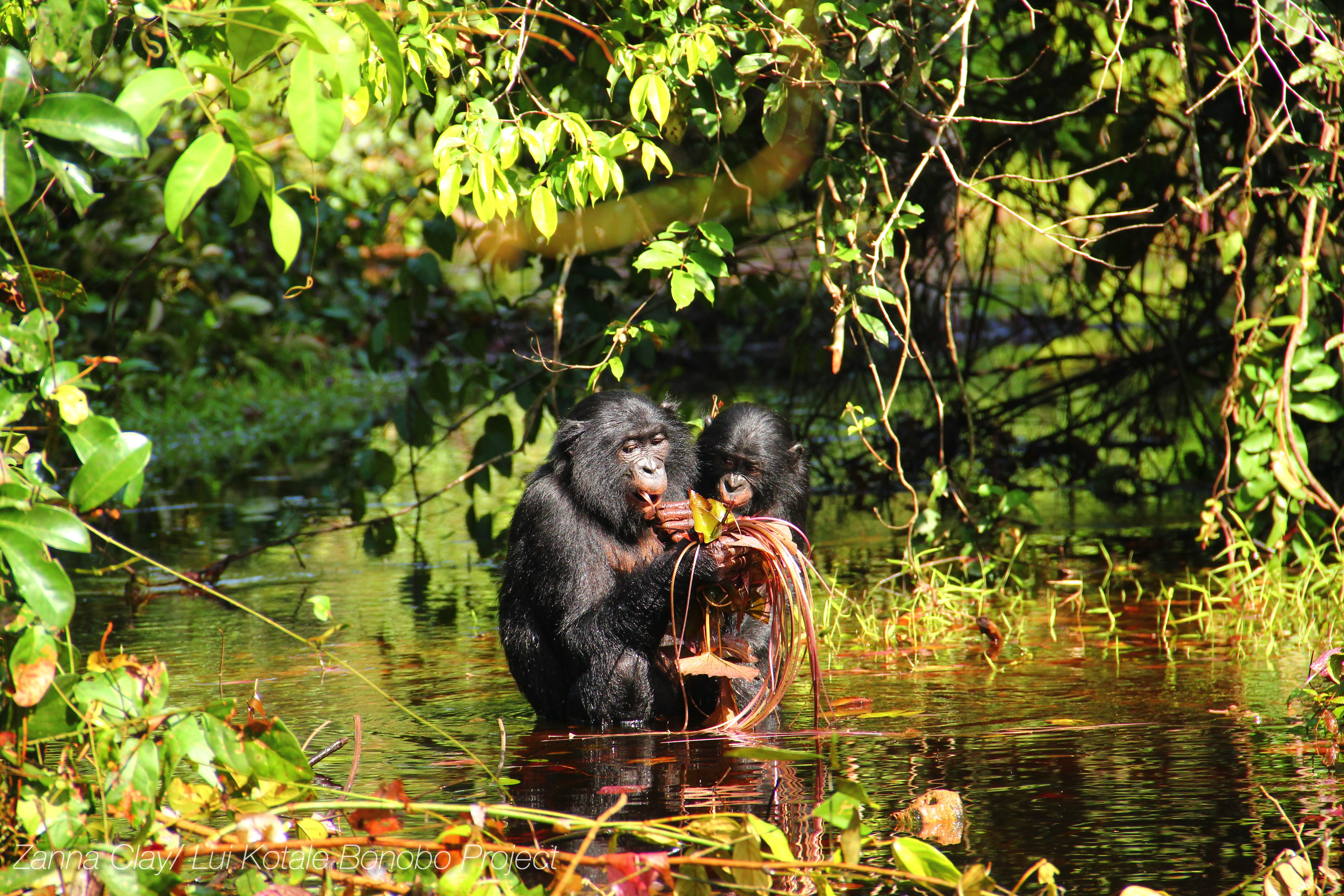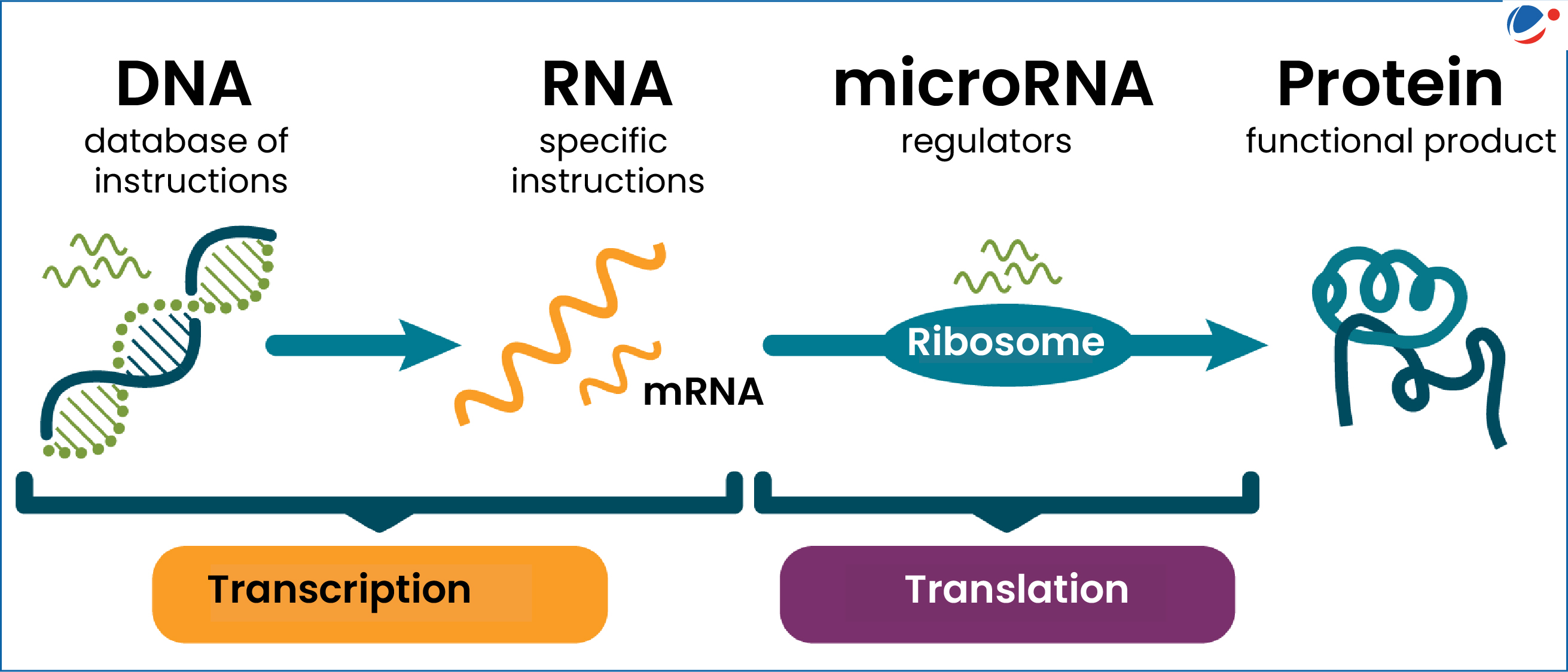Evolution of Photosynthesis: New Insights on Oxygen’s Origins
The evolution of photosynthesis marks a pivotal moment in Earth’s biological history, fundamentally transforming the planet’s atmosphere and life itself. Around 2.4 billion years ago, during the Great Oxidation Event, cyanobacteria emerged as key players, harnessing sunlight to convert carbon dioxide and water into energy and oxygen production. This process not only fueled the growth of numerous organisms but also laid the groundwork for aerobic metabolism, allowing animals to thrive by utilizing the oxygen generated by these microorganisms. Recent discoveries, such as methyl-plastoquinone, shed light on the intricacies of photosynthesis and respiration, suggestively linking early life forms to this vital energy production process. Understanding the evolution of photosynthesis is crucial, as it reveals the complex biochemical systems that enable life to flourish on Earth today.
The progression of light-driven energy conversion in living organisms represents a fascinating chapter in biological evolution. Often described as the ability of organisms to utilize sunlight for creating energy, this process is intrinsically connected to our planet’s oxygen landscape and the metabolic pathways seen across different life forms. The emergence of organisms capable of oxygen production set the stage for subsequent aerobic processes, transforming the ecological dynamics of Earth. Additionally, alternative biochemical participants, such as certain bacterial families, hint at a more intricate relationship between the energy production from photosynthesis and the consumption of oxygen. By exploring these connections, we gain valuable insights into the adaptable mechanisms that allowed life to not only survive but thrive in an oxygen-rich environment.
The Evolution of Photosynthesis: A Critical Milestone
The evolution of photosynthesis marked a pivotal moment in the history of life on Earth. This complex biochemical process allowed organisms such as cyanobacteria to convert sunlight into energy while producing oxygen as a byproduct. This transformative ability initiated a cascade of events, leading to the increase of atmospheric oxygen levels during the Great Oxidation Event, approximately 2.3 billion years ago. The emergence of photosynthesis not only facilitated the survival of numerous life forms but also set the stage for the evolution of aerobic metabolism, where organisms learned to harness this oxygen for energy production.
In understanding the evolution of photosynthesis, we also acknowledge its profound implications for ecological systems. The oxygen produced through this process became essential for the metabolic activities of all aerobic organisms. As life diversified, the relationship between photosynthesis and respiration became integral to sustaining complex ecosystems. The evolution of photosynthesis not only provided oxygen but also prompted evolutionary adaptations, influencing how life forms interact with their environments and each other.
Aerobic Metabolism: The Key to Energy Transformation
Aerobic metabolism represents a crucial evolutionary advancement in the energy transformation processes of living organisms. This process requires oxygen to convert nutrients into energy through cellular respiration, resulting in the release of carbon dioxide. The ability to efficiently utilize oxygen allowed organisms to meet their energy demands and thrive in increasingly complex ecological niches. During this metabolic process, organisms evolved intricate systems to handle the byproducts of oxygen utilization, contributing to the overall sophistication of life.
The intricate relationship between aerobic metabolism and photosynthesis is a fundamental aspect of biochemistry. The byproducts of photosynthesis—primarily oxygen—are essential inputs for aerobic respiration, creating a cyclical relationship that supports life on Earth. Understanding aerobic metabolism sheds light on how early organisms adapted to utilize oxygen that was increasingly available post-photosynthesis, setting the groundwork for the expansive biodiversity we see today.
The Role of Methyl-Plastoquinone in Metabolic Processes
Methyl-plastoquinone, an intriguing molecule discovered by researchers, serves as a potential missing link between photosynthesis and aerobic respiration. This compound is a variant of quinone, a vital component in metabolic processes that participate in electron transport within cells. Its presence in both nitrogen-utilizing bacteria and plants illustrates a significant evolutionary adaptation—a convergence that highlights the complexity of life’s molecular building blocks and their functionalities.
The discovery of methyl-plastoquinone elucidates the evolutionary pathways that may have allowed organisms to utilize oxygen even before it became widely available. This could indicate that even primitive life forms possessed some metabolic mechanisms adaptable to aerobic conditions. By uncovering this biochemical link, scientists gain insight into how early metabolic processes evolved, establishing a foundation from which modern aerobic organisms developed.
Understanding the Great Oxidation Event and Its Impacts
The Great Oxidation Event was a significant turning point in Earth’s history, marking the first substantial accumulation of oxygen in the atmosphere. Triggered by the prolific photosynthesis of cyanobacteria, this period not only changed the composition of the atmosphere but also triggered radical transformations in the biosphere. As oxygen levels rose, life forms that adapted to utilize this gas thrived, while those unable to do so faced extinction. This event underscores the tight link between the evolution of photosynthesis and the subsequent rise of aerobic organisms.
The implications of the Great Oxidation Event extend beyond the past; they inform our understanding of current ecological dynamics. The ability to convert sunlight into chemical energy modified the evolution of countless species and ecosystems. By studying this event, researchers can uncover insights into the biochemical reactions that laid the groundwork for life’s diversity and resilience, illustrating how ancient processes continue to shape modern life.
The Interplay Between Photosynthesis and Respiration
Photosynthesis and respiration are two fundamental metabolic processes that underscore the intricate interplay in the biosphere. Photosynthesis captures solar energy to synthesize organic compounds while releasing oxygen, which is vital for the cellular respiration that powers nearly all forms of life. The relationship between these two processes is a prime example of the efficiency and elegance of evolutionary adaptations, ensuring that energy flows through ecosystems, sustaining life in myriad forms.
Understanding this interdependence helps clarify the evolutionary narratives that defined the development of complex life. As organisms became more efficient at using oxygen produced through photosynthesis, their metabolic pathways evolved to harness this vital resource effectively. This reciprocal relationship elucidates how the development of photosynthesis created conditions for the emergence of aerobic metabolism, leading to the breathtaking biodiversity we see today.
Molecular Insights into Evolutionary History
The discovery of unique molecules like methyl-plastoquinone opens new doors in our understanding of evolutionary history. These molecules serve not just as building blocks for metabolism but also as records of evolutionary events and environmental changes over billions of years. By tracing the presence and adaptations of molecules like quinones through different organisms, researchers can construct a more detailed picture of how life evolved in response to fluctuating atmospheric conditions and available resources.
The study of these molecular fossils reveals crucial insights into how early life forms may have adapted to an oxygen-rich environment. Such research deepens our understanding of evolutionary pressures and the complex interactions between organisms and their environments. It encourages us to explore not just the physiological functions of these compounds but also their historical significance in shaping the trajectory of life’s evolution on our planet.
Biochemical Systems and Their Evolution
The evolution of biochemical systems capable of processing oxygen is a testament to life’s resilience and adaptability. As organisms transitioned from anaerobic to aerobic environments, complex systems emerged to mitigate the oxidative damage that accompanies oxygen metabolism. Understanding these biochemical adaptations provides insight into the dynamic processes that have shaped the diversity of life, demonstrating the sophistication of metabolic mechanisms honed over billions of years.
Today, the intricate systems employed by organisms to manage oxygen and its byproducts are marvels of evolution. From antioxidant pathways to cellular respiration mechanisms, these processes represent crucial adaptations that enhance survival in oxygen-rich environments. By studying these systems, scientists can appreciate the evolutionary journey that has led to the complexity of life forms, enabling us to explore new frontiers in biotechnology and medicine.
Tracing the Evolutionary Path of Quinones
Quinones play a pivotal role in the metabolic pathways of plants and animals, contributing to processes such as photosynthesis and respiration. Understanding the evolutionary path of quinones reveals vital information about the biochemical processes that support life. The discovery of methyl-plastoquinone demonstrates how these molecules have adapted over time, providing insights into the biochemical evolution of cellular metabolism in various life forms.
The differences in quinone structures between organisms, such as those found in human mitochondria compared to those in plants, highlight the evolutionary diversity resulting from the need to utilize available resources effectively. These adaptations inform our understanding of how life has optimized energy production and utilization since the inception of oxygen production through photosynthesis, ultimately influencing the metabolic capabilities of contemporary organisms.
The Future of Research on Photosynthesis and Aerobic Metabolism
Ongoing research into the links between photosynthesis, aerobic metabolism, and molecules like methyl-plastoquinone is essential for advancing our understanding of biochemical evolution. By unraveling these connections, scientists can gain deeper insights into how life on Earth has adapted to changing conditions over billions of years. This research can also inform agricultural practices, bioenergy, and ecological conservation efforts, showcasing the relevance of fundamental science in addressing contemporary challenges.
As we continue to explore the evolution of photosynthesis and the metabolic innovations that arose alongside it, we are likely to uncover more about the intricate web of life on our planet. By understanding the past, we can better navigate the future and innovate ways to harness and sustain biological processes essential for human survival and ecological health.
Frequently Asked Questions
What is the significance of the evolution of photosynthesis in relation to aerobic metabolism?
The evolution of photosynthesis is crucial as it marked the first major production of oxygen on Earth, enabling aerobic metabolism. This process allowed organisms to efficiently convert energy from food, utilizing the oxygen produced by photosynthetic organisms like cyanobacteria, thus transforming the Earth’s atmosphere during the Great Oxidation Event.
How did the Great Oxidation Event relate to the evolution of photosynthesis?
The Great Oxidation Event occurred approximately 2.3 billion years ago, triggered by cyanobacteria that produced vast amounts of oxygen through photosynthesis. This event dramatically changed Earth’s atmosphere and made aerobic metabolism possible, setting the stage for complex life forms to evolve.
What is methyl-plastoquinone and how does it relate to photosynthesis?
Methyl-plastoquinone is a unique quinone molecule discovered that plays a role in both photosynthesis and respiration. Its presence in an oxygen-utilizing bacterium suggests that some life forms might have had the ability to metabolize oxygen even before it was abundantly produced through photosynthesis, challenging our understanding of the evolution of these processes.
Did aerobic metabolism evolve before or after the evolution of photosynthesis?
The relationship between aerobic metabolism and the evolution of photosynthesis remains complex. Recent discoveries, including methyl-plastoquinone, indicate that some bacteria may have utilized oxygen even before it was produced in large quantities by photosynthetic organisms, suggesting that both processes could have developed simultaneously.
What role did cyanobacteria play in the evolution of photosynthesis and oxygen production?
Cyanobacteria were pivotal in the evolution of photosynthesis as they were among the first organisms to produce significant amounts of oxygen as a byproduct of their photosynthetic processes, thereby facilitating the rise of aerobic metabolism and supporting diverse life forms on Earth.
How do modern aerobic organisms utilize the oxygen produced through photosynthesis?
Modern aerobic organisms utilize the oxygen generated by photosynthesis in a process called aerobic metabolism, which allows them to break down organic materials for energy production. This metabolic process is essential for their survival and forms a symbiotic relationship with photosynthetic organisms.
What can the study of quinone evolution tell us about the history of life on Earth?
The study of quinone evolution, particularly the discovery of molecules like methyl-plastoquinone, provides insights into early biochemical systems and how oxygen processing mechanisms developed. This research helps elucidate the evolutionary timeline of photosynthesis and respiration and their interconnected roles in supporting life on Earth.
How does photosynthesis relate to cellular respiration in the context of evolution?
Photosynthesis and cellular respiration are interdependent processes evolved by different organisms. Photosynthesis converts sunlight into chemical energy, producing oxygen, while cellular respiration uses that oxygen to generate energy from organic materials. Their evolution has allowed for the proliferation of complex life and a balanced ecosystem.
| Key Point | Details |
|---|---|
| Discovery of methyl-plastoquinone | Researchers found a molecule resembling those used in photosynthesis while searching for other compounds in bacteria. |
| The chicken-or-egg question | The discovery may clarify whether photosynthesis or aerobic metabolism evolved first. |
| Quinones’ role in metabolism | Understanding of aerobic and anaerobic quinones which are crucial for both photosynthesis and respiration. |
| Great Oxidation Event | Around 2.3-2.4 billion years ago, cyanobacteria produced significant oxygen, leading to aerobic life. |
| Implications for evolutionary biology | The findings suggest that early bacteria could handle oxygen before cyanobacteria were present. |
| Biochemical advancements | The capability to metabolize oxygen effectively was crucial for the evolution of complex life forms. |
Summary
The evolution of photosynthesis represents a critical turning point in our planet’s history, as it laid the groundwork for the development of aerobic life forms. This new research suggests that both photosynthesis and aerobic metabolism may have co-evolved, with evidence pointing to the existence of a unique molecule that bridges the two processes. As we delve deeper into this evolutionary puzzle, the discovery of methyl-plastoquinone offers insights into the complexities of our biochemical evolution, hinting at a shared ancestry of life forms that utilized oxygen even before its widespread availability in the environment. Thus, understanding the evolution of photosynthesis contributes significantly to our knowledge of biological diversity and the earth’s atmosphere.
